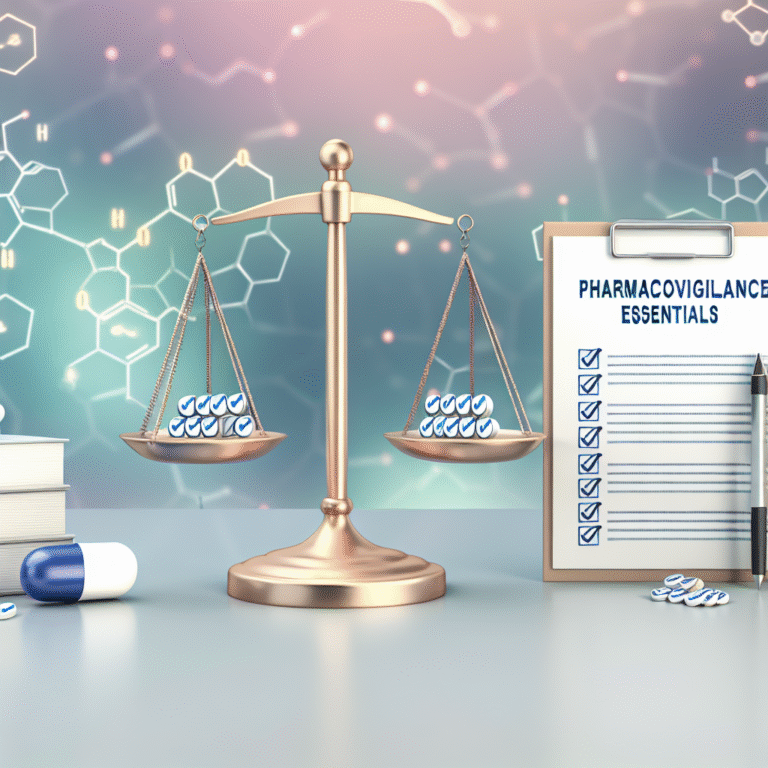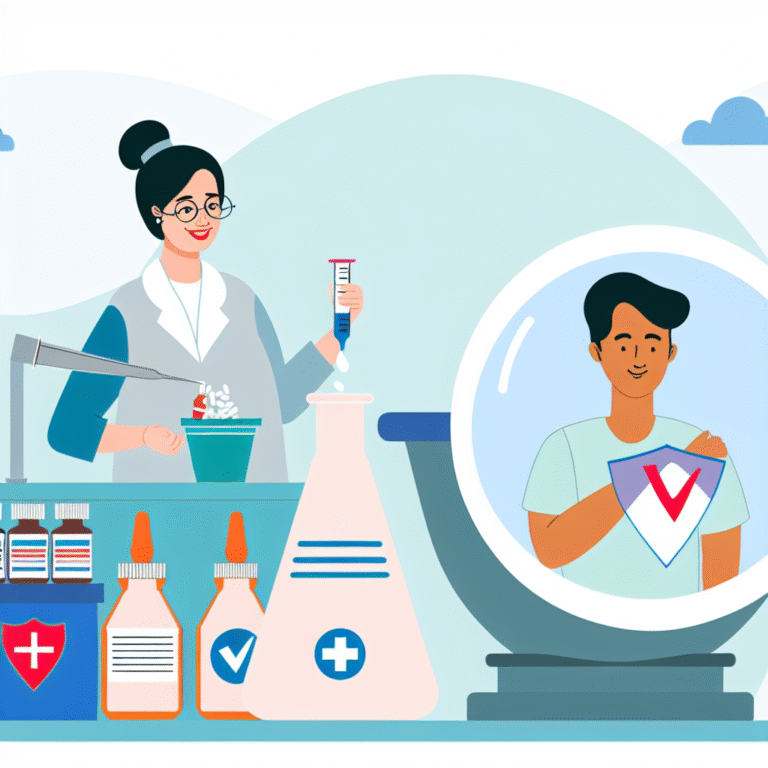Understanding the Importance of Pharmacovigilance Reporting in Healthcare
Understanding Why Pharmacovigilance Reporting Matters in Healthcare
Introduction
Have you ever heard the word “pharmacovigilance”? It might not sound as obvious as giving medicine to someone or doing a surgery, but it’s super important in healthcare. So, what is pharmacovigilance? Basically, it’s the science of watching to make sure medicines are safe and can fix problems related to drugs.
Pharmacovigilance started back in the 1960s after something called the thalidomide tragedy. This tragedy showed everyone that medicines need to be watched carefully to keep people safe. Over time, pharmacovigilance has become a big part of modern medicine. It helps keep patients safe, makes sure drugs work well, follows rules, and improves health all around. As new medicines and treatments keep popping up, the importance of pharmacovigilance is more clear than ever.
What is Pharmacovigilance?
To understand why pharmacovigilance is so important, let’s first look at what it means. Pharmacovigilance is about keeping an eye on the safety of medicines after they hit the market. Its main job is to spot problems with medicines, called adverse drug reactions (ADRs), and fix any risks.
Important parts of pharmacovigilance include collecting data, checking for safety signals, figuring out risks, managing those risks, and sharing safety information with the right people. Unlike other drug safety steps, pharmacovigilance focuses on watching medicines after they’re sold to make sure they’re safe for people to use, even outside of clinical trials.
How Pharmacovigilance Helps Healthcare
Pharmacovigilance makes healthcare safer by catching and dealing with medicine problems quickly. When a new medicine is released, pharmacovigilance keeps checking if it works as it should in everyday life, not just in studies.
Following rules is also super important. Health organizations around the world use pharmacovigilance info to make good choices about whether medicines should be allowed, need warnings, or should be pulled back. Pharmacovigilance also helps public health by finding safety issues early, stopping bigger problems, and building trust in healthcare.
How Pharmacovigilance Reporting Works
The reporting process involves some key steps: collecting data, analyzing it, and sharing what we find. Data comes from doctors, patients, and the companies that make medicines. ADRs are spotted and reported following rules from health agencies.
Pharmacovigilance works well with healthcare systems by using electronic records and special databases to make collecting and sharing information smoother.
Challenges in Reporting Pharmacovigilance
Even though it’s super important, pharmacovigilance reporting isn’t always easy. Not enough people report when they have problems with medicines. Sometimes it’s because they don’t know they should, or because it seems like too much work.
The quality of the data can be a problem too. If the info isn’t complete or clear, it can lead to mistakes. Also, since pharmacovigilance happens worldwide, it’s tricky to make sure everyone follows the same rules.
Another challenge is making sure patient information stays private while still sharing enough details to keep everyone safe. People need to trust the healthcare system, which means protecting their info is critical.
Who is Involved in Pharmacovigilance?
Lots of different people are important to pharmacovigilance:
1. Healthcare Providers: They’re usually the first to see when a medicine causes a problem and need to report it.
2. Regulatory Agencies: Groups like the FDA make rules and check that everyone follows them.
3. Pharmaceutical Companies: They have to keep an eye on their medicines and report any problems.
4. Patients and Patient Groups: They share important info about how medicines affect them.
5. Data Scientists and Pharmacovigilance Experts: They look at the data to give advice and suggest solutions.
Best Ways to Do Pharmacovigilance Reporting
Here are some tips to make pharmacovigilance better:
1. Focus on Safety: Help doctors and nurses understand how important it is to watch for problems.
2. Encourage Reporting: Make it easy for people to report ADRs without worrying about getting in trouble.
3. Use Standard Methods: Follow the same steps and rules to make reporting better.
4. Use Tech Like AI: Use technology to notice patterns and problems in data.
5. Offer Training: Teach healthcare workers how to spot and report problems with medicines.
Stories Showing Why Pharmacovigilance is Important
Here are some stories where pharmacovigilance made a big difference:
1. Thalidomide: This tragedy improved pharmacovigilance practices to avoid future problems.
2. Vioxx: Pharmacovigilance spotted heart risks with this medicine and it was taken off the shelves.
3. Heparin: Helped fix a contamination issue using pharmacovigilance.
4. COVID-19 Vaccines: Showed how pharmacovigilance helped monitor vaccine effects.
5. Diabetes Medications: Pharmacovigilance helped check the long-term safety of these medicines.
The Future of Pharmacovigilance
Looking ahead, pharmacovigilance is going to change in big ways. Using real-world data and new tech like machine learning can make data gathering and analysis better.
Countries are also working together to make the rules and methods the same everywhere, which will help the process worldwide. In the next ten years, pharmacovigilance will become a part of everyday healthcare, keeping patients safe all around the globe.
Conclusion
Pharmacovigilance is crucial in today’s healthcare world. It keeps patients safe, makes sure medicines work, and helps build trust in healthcare. As we face new challenges, pharmacovigilance will remain a key part of medicine’s future.
For everyone in healthcare, the message is clear: make pharmacovigilance a priority. At Pharmacovigilance Foundations, we work to keep patients safe and make drug safety the best it can be.
References
1. World Health Organization – The Importance of Pharmacovigilance
2. U.S. Food and Drug Administration – Pharmacovigilance and Drug Safety
3. European Medicines Agency – Role of Pharmacovigilance
4. International Society of Pharmacovigilance – Resources
5. Recent Journal Articles on Pharmacovigilance and Drug Safety






